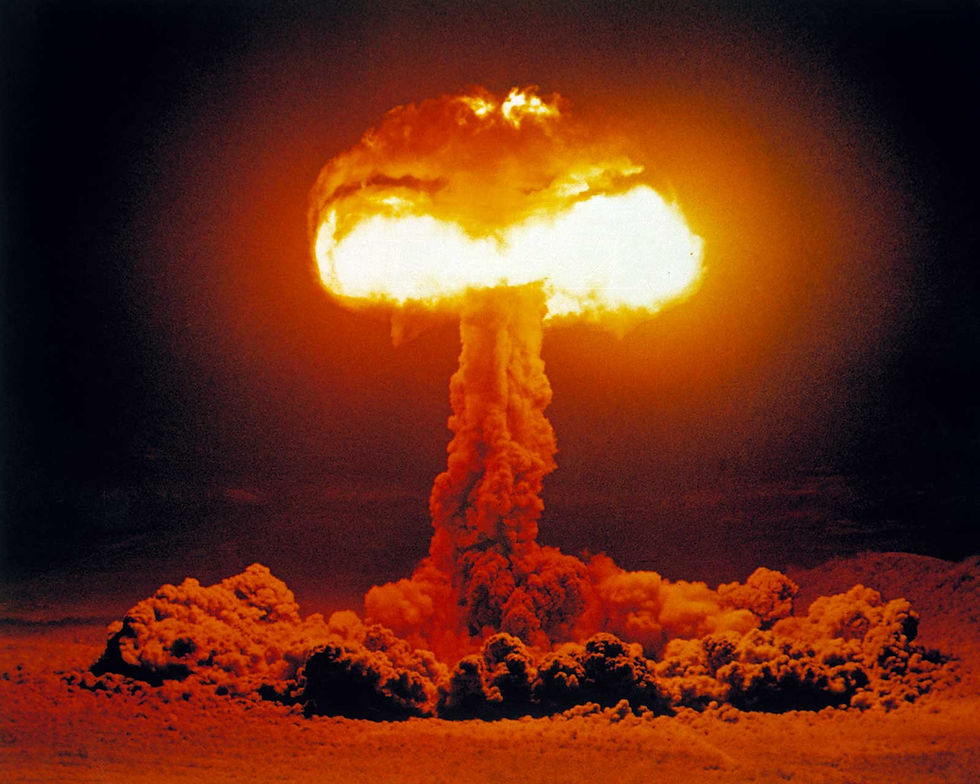Conclusion: Pendulum Swinging
- joann yu
- Jun 25, 2023
- 1 min read
Throughout the Cold War, America’s pendulum on atomic energy restrictions swung between secrecy and openness according to its ever-changing goals regarding the Soviet Union. The clandestine attitude adopted by the United States towards the Soviet Union regarding all nuclear technologies set the stage for a bipolar, competitive Cold War before World War II had ended. However, since keeping all nuclear technologies confidential was no longer feasible after a successful Soviet detonation in 1949, Eisenhower shifted American strategies and chose to use atomic secrets to secure allies and win over Third-World nations; the United States’ pivot away from its policy of secrecy officially began in 1983 with the start of the Atoms for Peace campaign. During the pivot, the chameleonic abilities of atomic energy harnessed several roles simultaneously in Japan and West Germany: a gift of enticement from the United States, an invigorating tool that built national agendas, and an olive branch in East-West cooperations. However, the competitive nature of the Cold War resulted in waves of nuclear weapons proliferation that in turn affected the adoption of commercial nuclear energy globally in two ways. Firstly, the United States began creating stringent safeguards around the sharing of nuclear technologies once the Soviet Union accelerated the arms race. Secondly, commercial nuclear technologies began to be associated with nuclear weapons that represented global fears and devastation, leading to anti-nuclear protests at power plants internationally.




Comments